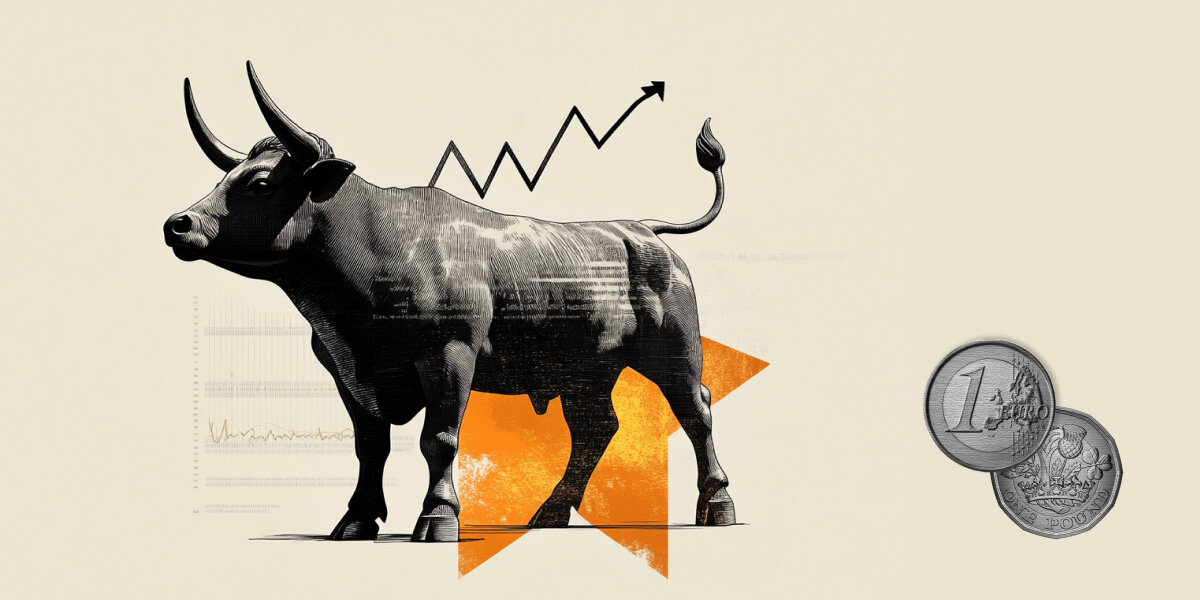EUR/GBP floats above 0.8400 as Germany approves spending package, BoE’s decision looms
- EUR/GBP gained support as demand for increased deficit spending rose among the Eurozone’s largest economies.
- Germany approved a landmark €500 billion spending package for defense and infrastructure, substantially raising national debt.
- Traders await the Bank of England’s interest rate decision on Thursday.

EUR/GBP remains steady after gaining in the previous session, hovering around 0.8420 during Asian trading hours on Wednesday. The cross strengthened as the Euro (EUR) found support amid rising demand for increased deficit spending among the Eurozone’s largest economies. In Germany, major political parties—including the CDU/CSU bloc, SPD, and Greens—approved a historic €500 billion spending package for defense and infrastructure, significantly increasing national debt.
Additionally, the Euro may benefit from improved risk sentiment amid hopes for a ceasefire between Russia and Ukraine. On Tuesday, US President Donald Trump and Russian President Vladimir Putin agreed to an immediate pause in strikes on energy infrastructure. However, Putin refused to endorse a broader, month-long ceasefire negotiated by Trump’s team with Ukrainian officials in Saudi Arabia.
On the monetary policy front, traders have scaled back expectations for European Central Bank (ECB) rate cuts this year, now pricing in only two reductions—likely in April and June. Additionally, interest rates are no longer expected to drop below 2%.
The Pound Sterling (GBP) trades cautiously as investors focus on the Bank of England’s (BoE) interest rate decision on Thursday. Markets widely anticipate the BoE will maintain borrowing costs at 4.5%, with a likely 7-2 vote split.
BoE Monetary Policy Committee (MPC) members Catherine Mann and Swati Dhingra are expected to advocate for a rate cut. In February, both pushed for a larger-than-usual 50 basis-point (bps) reduction, while the majority favored a more conventional 25 bps cut.
Interest rates FAQs
Interest rates are charged by financial institutions on loans to borrowers and are paid as interest to savers and depositors. They are influenced by base lending rates, which are set by central banks in response to changes in the economy. Central banks normally have a mandate to ensure price stability, which in most cases means targeting a core inflation rate of around 2%. If inflation falls below target the central bank may cut base lending rates, with a view to stimulating lending and boosting the economy. If inflation rises substantially above 2% it normally results in the central bank raising base lending rates in an attempt to lower inflation.
Higher interest rates generally help strengthen a country’s currency as they make it a more attractive place for global investors to park their money.
Higher interest rates overall weigh on the price of Gold because they increase the opportunity cost of holding Gold instead of investing in an interest-bearing asset or placing cash in the bank. If interest rates are high that usually pushes up the price of the US Dollar (USD), and since Gold is priced in Dollars, this has the effect of lowering the price of Gold.
The Fed funds rate is the overnight rate at which US banks lend to each other. It is the oft-quoted headline rate set by the Federal Reserve at its FOMC meetings. It is set as a range, for example 4.75%-5.00%, though the upper limit (in that case 5.00%) is the quoted figure. Market expectations for future Fed funds rate are tracked by the CME FedWatch tool, which shapes how many financial markets behave in anticipation of future Federal Reserve monetary policy decisions.
Author

Akhtar Faruqui
FXStreet
Akhtar Faruqui is a Forex Analyst based in New Delhi, India. With a keen eye for market trends and a passion for dissecting complex financial dynamics, he is dedicated to delivering accurate and insightful Forex news and analysis.

















